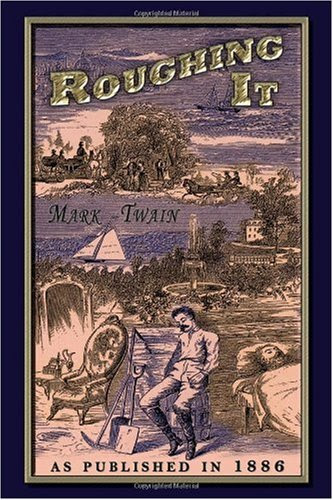Pony Express
From emails sent to me (not my own work) with some additional material from named sources

Before the Pony Express, it took weeks if not months for letters to get between eastern and western parts of the country. (“Can somebody tell us what has become of the U. S. mail for this section of the world?” the Los Angeles Star asked in 1853, noting that it had been “some four weeks since it has arrived.”) The Pony Express promised delivery between St. Joseph, Missouri, the western terminal of the nation’s rail system, and Sacramento, California, in ten days or less.
The Pony Express network was a masterpiece of organization covering a 1,966-mile route, with 190 relay stations set 10 to 15 miles apart. A rider carrying up to 20 pounds of mail galloped as fast as he could to the next station, where he leapt onto a fresh horse and headed on. About every eight stations, a new rider took over. The system used 400 horses and 80 riders, who were each paid $25 a week to face empty wilderness, howling blizzards, scorching sun, and occasional Indian attacks.
The first riders left St. Joseph and Sacramento on April 3, 1860. On April 13 the westbound mail arrived in Sacramento, beating the eastbound delivery by two days.
Ten days to cross the West was like lightning in 1860, but the era of the Pony Express was to be short-lived. On October 24, 1861, the transcontinental telegraph opened. Two days later, the Pony Express went out of business and passed into American legend.
And all this folklore from something that only last 1 single year!!

Illustration by Ed Vebell from 1950's Los Angeles Times Sunday supplement

Both rider and horse went "flying light." The rider's dress was thin, and fitted close; he wore a "round-about," and a skull-cap, and tucked his pantaloons into his boot-tops like a race-rider. He carried no arms--he carried nothing that was not absolutely necessary, for even the postage on his literary freight was worth five dollars a letter . He got but little frivolous correspondence to carry--his bag had business letters in it, mostly. His horse was stripped of all unnecessary weight, too. He wore a little wafer of a racing-saddle, and no visible blanket. He wore light shoes, or none at all. The little flat mail-pockets strapped under the rider's thighs would each hold about the bulk of a child's primer. They held many and many an important business chapter and newspaper letter, but these were written on paper as airy and thin as gold-leaf, nearly, and thus bulk and weight were economized. The stage-coach traveled about a hundred to a hundred and twenty-five miles a day (twenty-four hours), the pony-rider about two hundred and fifty. There were about eighty pony-riders in the saddle all the time, night and day, stretching in a long, scattering procession from Missouri to California, forty flying eastward, and forty toward the west, and among them making four hundred gallant horses earn a stirring livelihood and see a deal of scenery every single day in the year.



The Pony Express was founded by William H. Russell, William B. Waddell, and Alexander Majors. Plans for the Pony Express were spurred by the threat of the Civil War and the need for faster communication with the West. The Pony Express consisted of relays of men riding horses carrying saddlebags of mail across a 2000-mile trail. The service opened officially on April 3, 1860, when riders left simultaneously from St. Joseph, Missouri, and Sacramento, California. The first westbound trip was made in 9 days and 23 hours and the eastbound journey in 11 days and 12 hours. The pony riders covered 250 miles in a 24-hour day.
Eventually, the Pony Express had more than 100 stations, 80 riders, and between 400 and 500 horses. The express route was extremely hazardous, but only one mail delivery was ever lost. The service lasted only 19 months until October 24, 1861, when the completion of the Pacific Telegraph line ended the need for its existence. Although California relied upon news from the Pony Express during the early days of the Civil War, the horse line was never a financial success, leading its founders to bankruptcy. However, the romantic drama surrounding the Pony Express has made it a part of the legend of the American West.